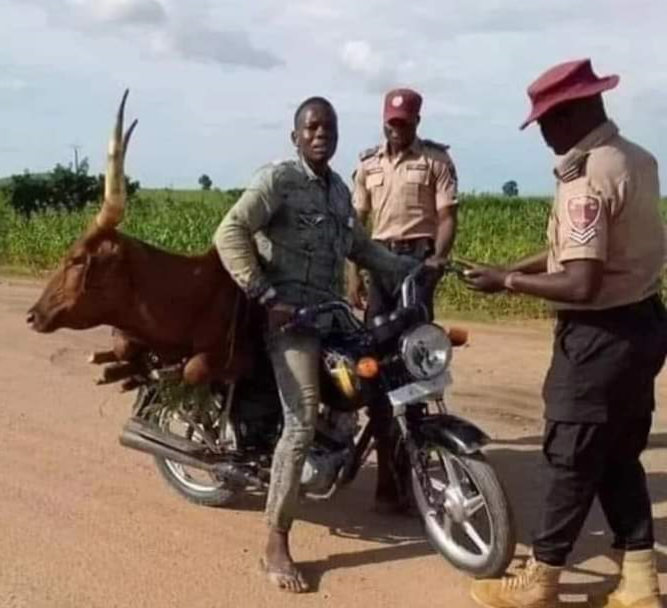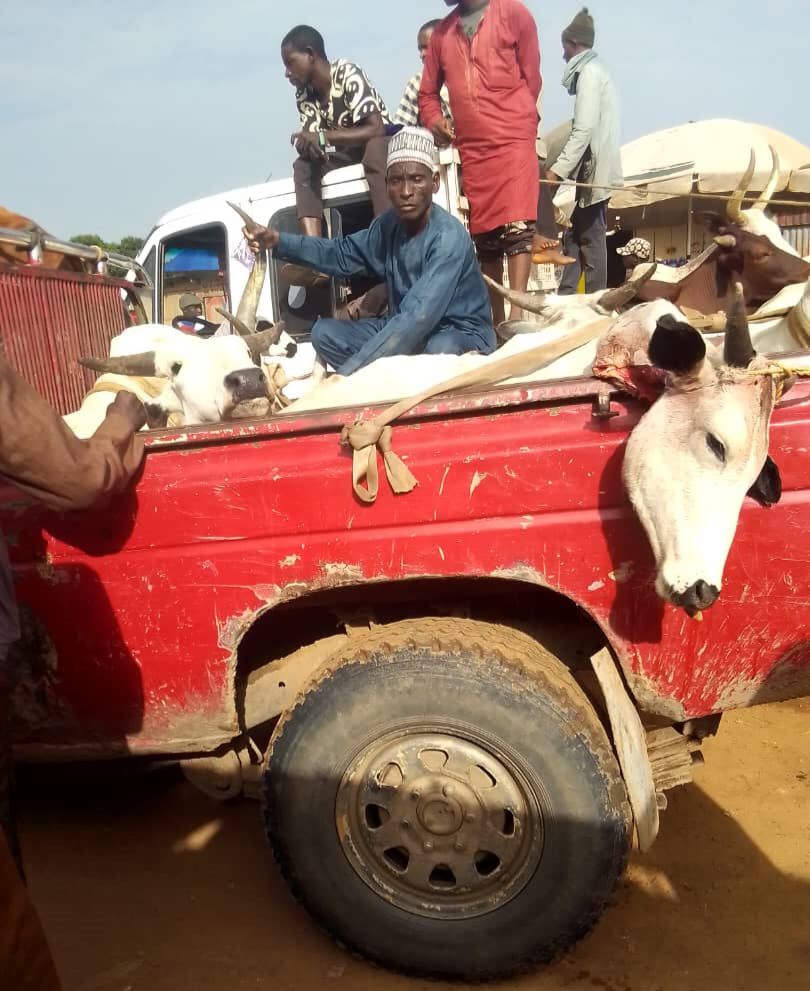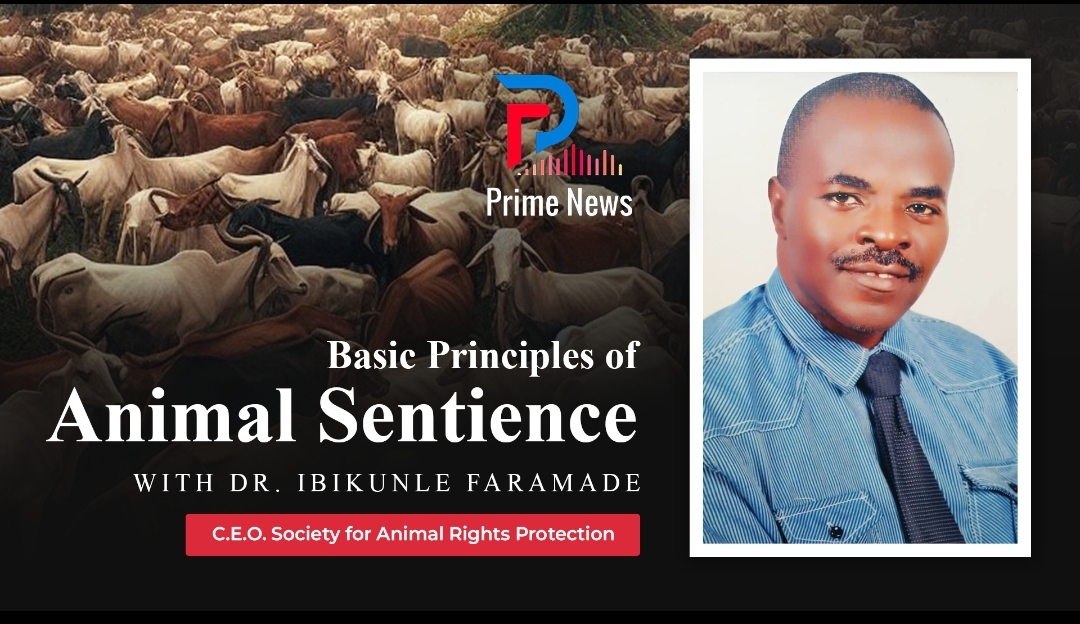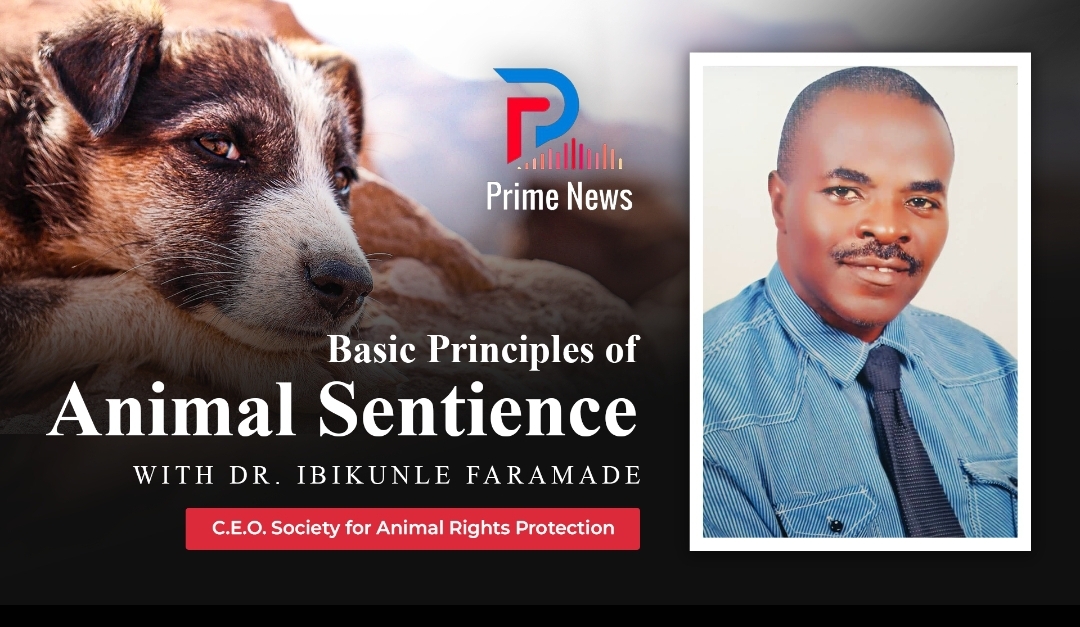By Dr. Ibikunle Faramade
Cont’d. from series 1
In summary cattle may experience stress and distress, boredom, discomfort, fatigue, fear, frustration and pain during transit.
In order to minimize these welfare concerns, adequate preparation should be made before the commencement of the journey, during the journey and during off-loading. These preparations are highly essential in order to minimize negative experiences as a result of abuse of animal welfare and prevention of direct or indirect cruelty. The initial preparation depends on the duration of the journey (the distance to be covered), the type of vehicles to be used, the physiological states of the animals among others.
Duration of The Journey
The welfare concern for cattle, sheep and goat being moved from a neighborhood farmstead to the proximate market is different from the welfare concern for ruminants moved over a long distance. In Nigeria, research has shown that cattle may be transported from some countries in West Africa such as Mauritania, Mali, Senegal, and The Gambia. They could also be sourced from Cameroon, Central Africa Republic sometimes. When these animals are brought through the northern border of Nigeria, they may still have to be transported to different parts of the country. The major stop overs for cattle coming into Nigeria from other West African countries include Wudil, Kano State, Mubi, Adamawa State and Zango, Kaduna State.
For the cattle not to be subjected to inhumane hardship, adequate preparation is crucial. This is the phase when both group stress and handling stress should be minimized. Different sizes of cattle should not be mixed together except in cases where animals were raised together irrespective of their category. Also, cattle with horns may pose challenges to those without horns as they may inflict fatal injuries on them. As much as possible, cattle should be housed together to enable social hierarchy adjustment before the onset of the journey. Separation of male and female animals that have been raised together could pose additional handling challenges. If possible, such established groups could also be transported together to prevent resistance. Adequate veterinary care should be provided and animals considered unfit to travel over long distances should be isolated and treated. Special care should be made not to transport pregnant and lactating cows in order to prevent fatality. If this is not done, social stress would lead to metabolic alterations and disruptions of homeostasis which is required for the survival of the animals. The animals could also develop abnormal behavior and aggression.
Stockmen should be appropriately equipped with animal handling techniques and skills including the use of safe and non-painful devices to exert control over the animal. The use of sticks, rods or electric devices to force animals to move should be used with caution. Stocking density should be carefully monitored before and during transportation to reduce heat stress. Adequate water provision should be made before the commencement of the journey. The floor of the holding pen from where animals would be loaded should be properly grooved to make them non slippery.
In some advanced countries, certain methods of handling and restraints have been banned. These include kicking animals, application of pressure on sensitive body parts, dragging animals by their ears, horns, legs or tail, to crush or twist their tail. Beating animals, poking sensitive areas, dragging downed animals, deliberate slamming of gates on animals or deliberate driving animals over the top of downed animals are considered as animal abuse and cruelty.
Some Conditions that may make Cattle, Sheep and Goats Unfit for Transportation
Many conditions may make these animals unfit for transportation. These include lameness due to injuries to any part of the leg (including fracture, dislocation, open wound etc.) leading to inflammation. Since they are transported standing, such animals would be subjected to extreme pain and discomfort during transit.
Sicknesses such as Pneumonia is another condition that could make animals unfit for transportation. Such animals are predisposed to acid base balance, exercise intolerance etc.
Cull cattle should be transported with caution, especially, old animals with poor body conditions. Weak animals are more likely to fall and unable to get back up again and regain their footing. An animal in a poor body condition has limited fat reserves and is likely to be more susceptible to the combined effects of fasting and cold exposure in transit.
Lactation also impose grave welfare concern on animals, especially in early period. If the udder has become painfully engorged, animals may appear reluctant to lie down, have inflamed mammary glands (swollen, painful, warm or red) and may appear lame. The risk of udder engorgement in a lactating animal destined for transport should be reduced by making arrangements for the lactating cow to be milked before the start of a journey and at regular intervals during the journey, or even better – if possible – to dry-off several weeks before the journey.
Pregnancy does not completely forbid animals from being transported ordinarily. However, there are precautions that should be taken into consideration. These include the pregnancy phase (first trimester, second trimester, third trimester). Since animals are transported fasting to avoid metabolic challenges and negative effects of motion sickness, pregnant animals require feeding which matches their physiological states. They may also require rest in transit to prevent obstetrical problems. Pregnant cows are predisposed to disease conditions such as ketosis and fatty liver. Ewes are also predisposed to pregnancy toxemia. Calves born to cows subjected to transport stress during pregnancy have been found to lack capacity to thrive properly after birth. They have low birth weight, poor feed conversion ratio and are immunosuppressed.
During transportation, the welfare concern includes the choice of vehicles, the space available per animal (stocking density) exposure to sun and rain, the height of the deck (low deck vehicles are not suitable) because of inability of the animals to stand without restrictions. The vehicles should not have sharp or pointed edges that could inflict perforating wound on the animals. The truck should also be non-slippery.
During offloading, animals should be able to walk down the ramps without falling. The ramp should be made of concrete and properly grooved to prevent animals from slipping or sliding. The ramp should be constructed in such a way that it fits the height of the vehicle conveying the animals perfectly.
After off-loading, the animals are rested, fed and watered, if they are taken to the market for sale. However, if they are destined to be slaughtered (at the abattoir) they should be carefully led to the lirage, where they are humanely kept ahead of the journey- of -no return, where they are prepared as food for humans after a thorough ante and post mortem inspections.
Concluded.










One thought on “Welfare Considerations During Transportation of Animal (2)”